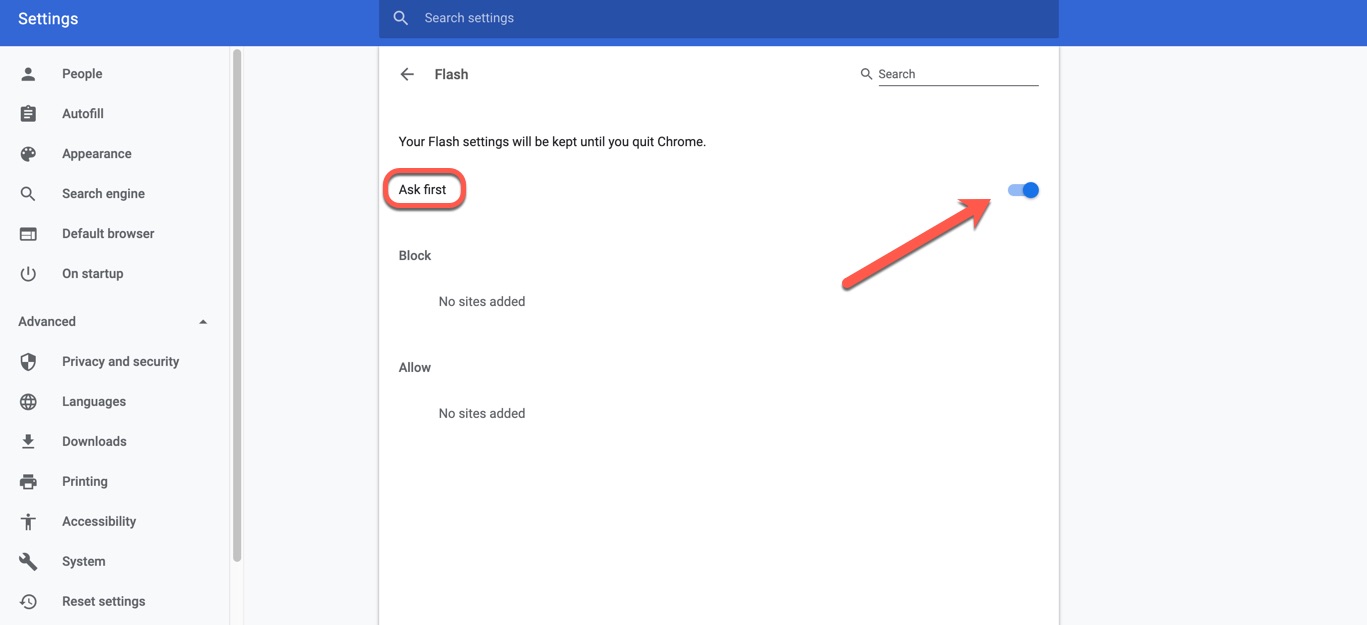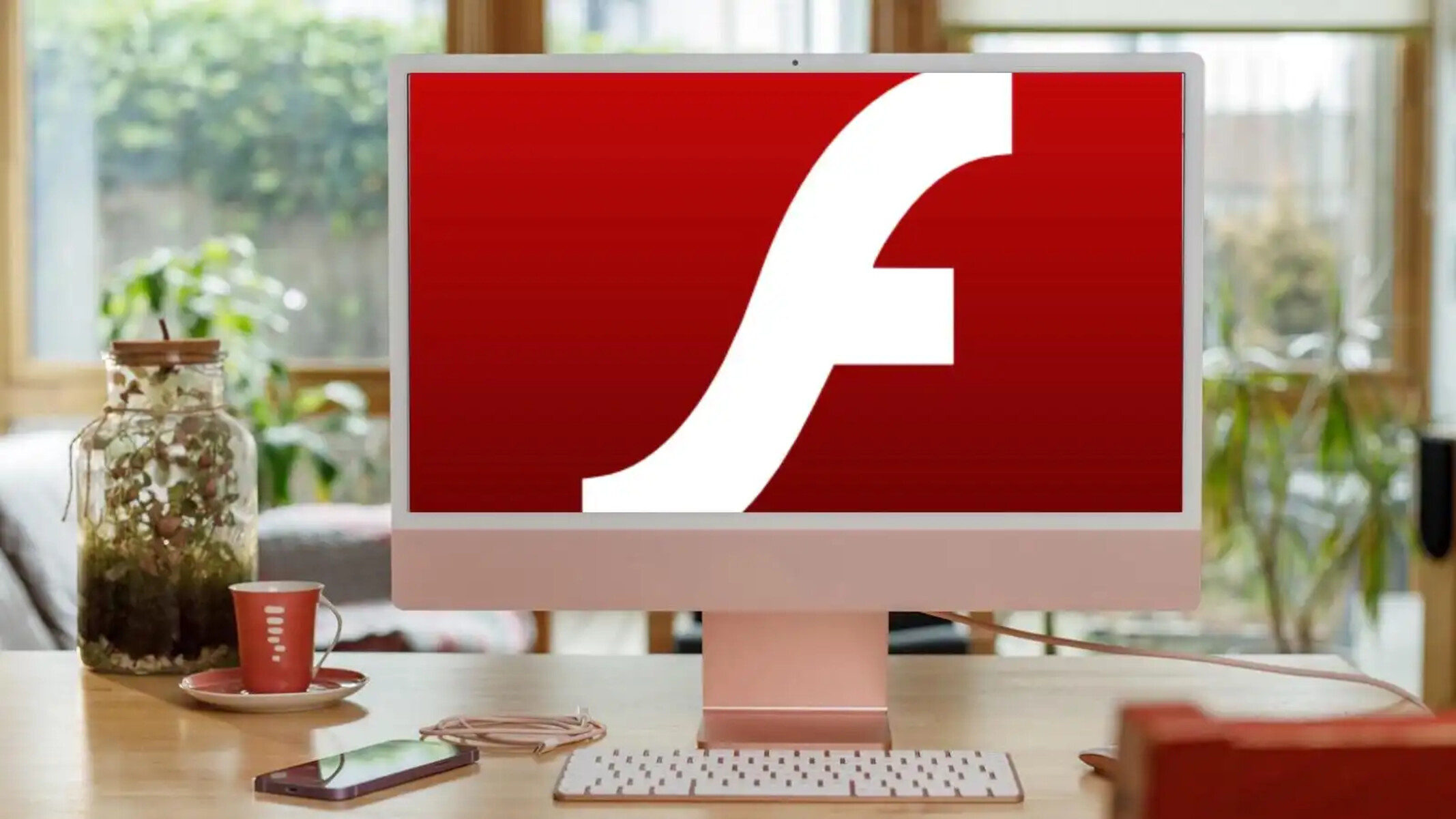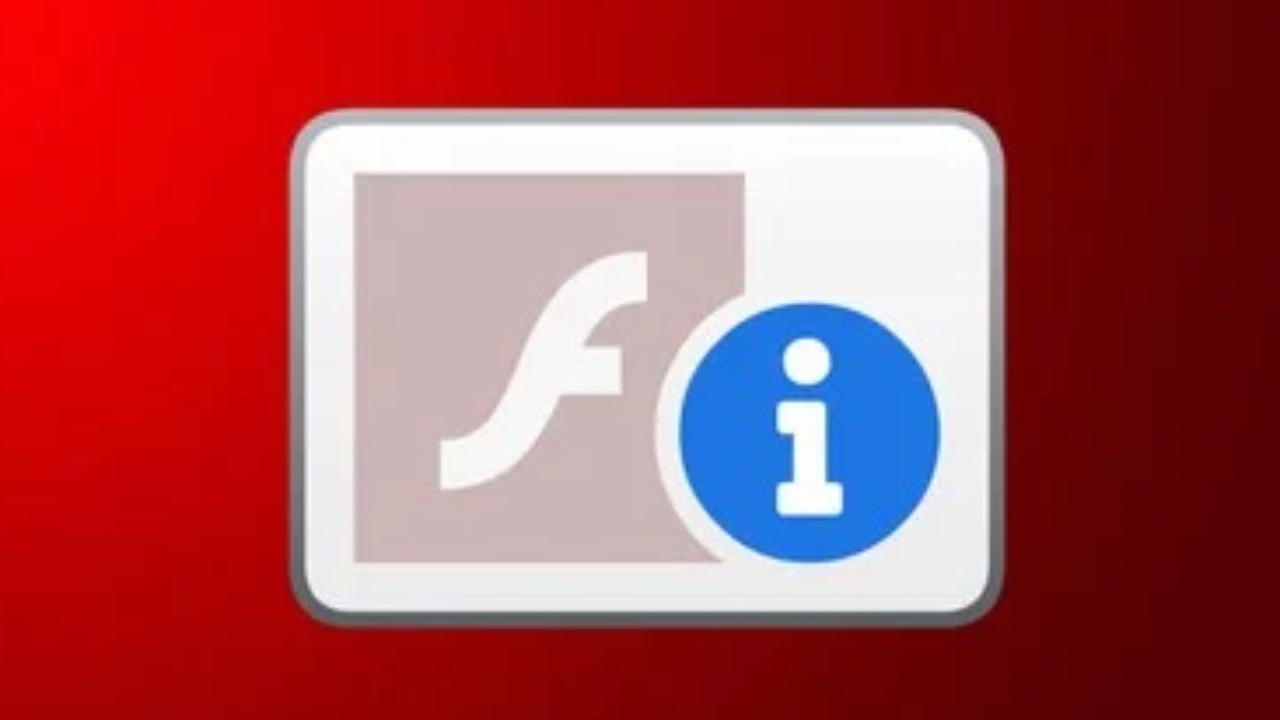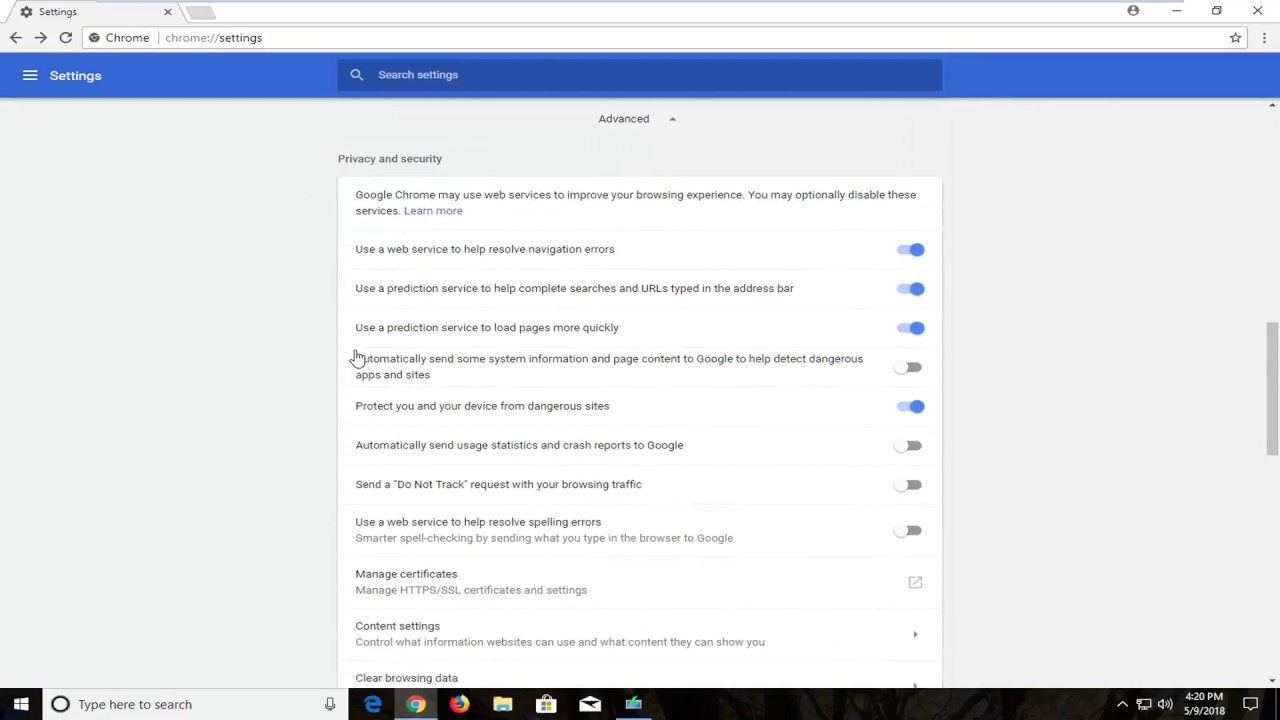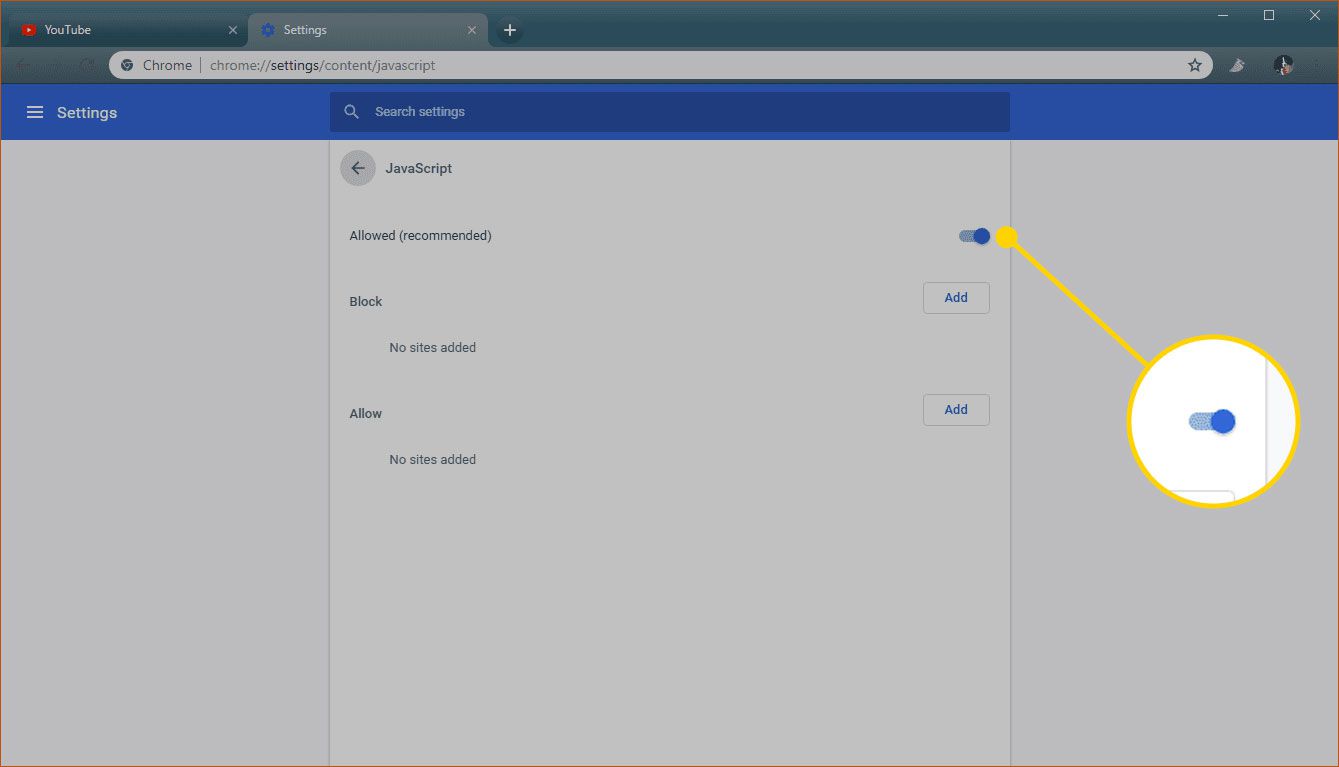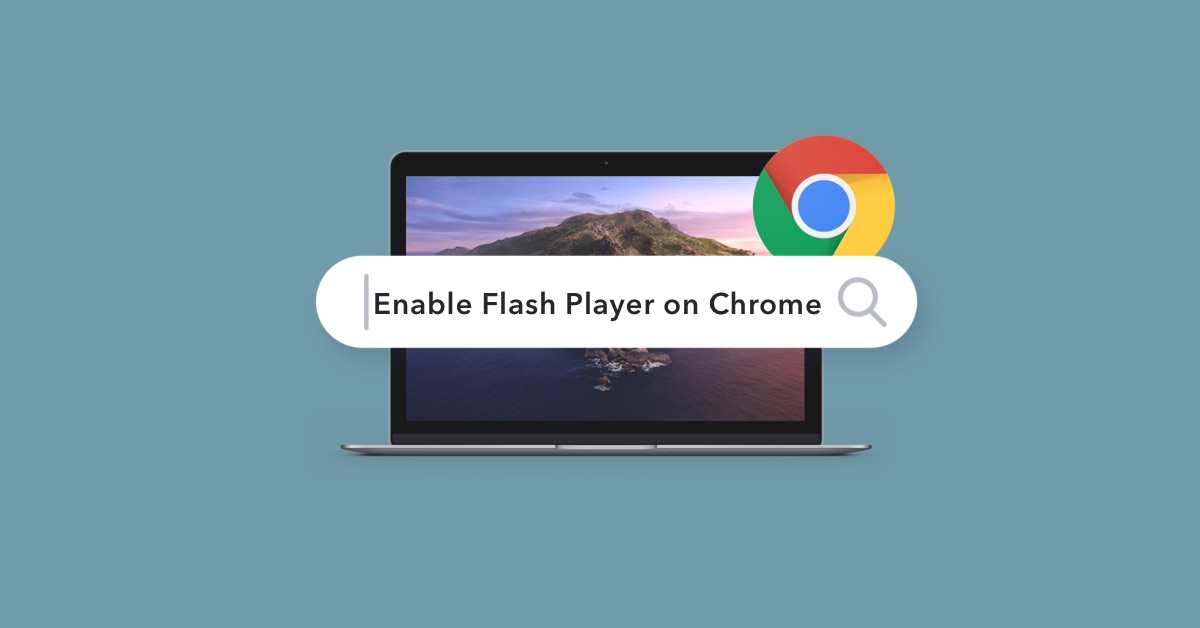Introduction
Flash Player, a multimedia software platform created by Macromedia and currently developed and distributed by Adobe Systems, has been an integral part of the web browsing experience for many years. It enables the seamless playback of animations, audio, and video content within web pages. However, with the evolution of web technologies and the emergence of more secure and efficient alternatives, the usage of Flash Player has declined.
In the context of Google Chrome, which boasts a significant market share in the web browser landscape, the management and version tracking of Flash Player are crucial for ensuring a secure and optimal browsing experience. As Chrome has its own integrated version of Flash Player, it is essential for users to be able to verify the version installed on their browser.
In this article, we will explore various methods to check the version of Flash Player in Chrome. Whether you are a casual user or a web developer seeking to ensure compatibility and performance of Flash content, understanding the version of Flash Player within Chrome is essential. By following the methods outlined in this guide, you will gain the knowledge and tools necessary to verify the Flash Player version and take appropriate actions to maintain a secure and efficient browsing environment. Let's delve into the methods and empower ourselves with the ability to manage Flash Player effectively within the Chrome browser.
Method 1: Using Chrome Settings
One of the simplest ways to check the version of Flash Player in Chrome is by utilizing the browser's settings. This method provides a straightforward approach for users to access essential information about the installed Flash Player version.
To begin, open Google Chrome on your computer and navigate to the three-dot menu icon located in the top-right corner of the browser window. Click on this icon to reveal a dropdown menu, and then select "Settings" from the list of options. Alternatively, you can directly access the Settings page by entering "chrome://settings/" in the address bar and pressing Enter.
Once you are on the Settings page, scroll down and click on "Privacy and security" in the left-hand sidebar. Within this section, locate and click on "Site settings." This will lead you to a new page where you can manage various site-related settings.
Next, scroll down and find the "Additional content settings" option, then click on "Flash." This will take you to the Flash settings page, where you can view and manage the behavior of Flash content on websites.
On the Flash settings page, you will find the "Block sites from running Flash" option, along with a list of websites where Flash is allowed or blocked. Below this section, you will also see the "Ask first" option, which determines whether Chrome should ask for permission before running Flash content on websites.
To check the version of Flash Player installed in Chrome, simply click on the "Open your computer's Flash settings" link. This will open a new tab in Chrome, directing you to the Adobe Flash Player Settings Manager website. Here, you can view detailed information about the installed version of Flash Player, including the version number and the status of updates.
By following these steps, you can easily access the Chrome settings to check the version of Flash Player installed on your browser. This method provides a convenient way for users to stay informed about the status of Flash Player and take necessary actions to ensure a secure and optimized browsing experience within Chrome.
Method 2: Using Adobe's Flash Player Help Page
Another effective method to check the version of Flash Player in Chrome involves utilizing Adobe's official Flash Player Help page. This approach provides a direct and reliable way to access comprehensive information about the installed Flash Player version, ensuring users are well-informed about the status of this essential browser plugin.
To begin, open the Chrome browser on your computer and navigate to the Adobe Flash Player Help page. You can easily access this page by entering the following URL in the address bar: https://get.adobe.com/flashplayer/about/. Press Enter to load the page, and you will be presented with a dedicated section that displays detailed information about the installed Flash Player version.
Upon reaching the Adobe Flash Player Help page, the version of Flash Player installed in your Chrome browser will be automatically detected and displayed. The page will provide the specific version number of Flash Player, along with additional details such as the operating system and browser in use. This comprehensive information empowers users to verify the exact version of Flash Player integrated into their Chrome browser, enabling them to make informed decisions regarding updates and compatibility with Flash content on the web.
In addition to displaying the installed version of Flash Player, the Adobe Flash Player Help page also offers valuable insights into the current status of Flash Player updates. Users can easily determine whether their installed version is up to date or if updates are available. This functionality is particularly beneficial for ensuring the security and performance of Flash Player within the Chrome browser, as it allows users to stay informed about the latest developments and take proactive measures to maintain a secure browsing environment.
By leveraging Adobe's official Flash Player Help page, users can gain a comprehensive understanding of the version and update status of Flash Player in their Chrome browser. This method provides a direct and reliable means of accessing essential information, empowering users to stay informed and proactive in managing the Flash Player plugin within Chrome. Whether you are a casual user or a web developer seeking to ensure compatibility and security, utilizing Adobe's Flash Player Help page is a valuable approach to checking the version of Flash Player in Chrome.
Method 3: Using Chrome Developer Tools
Utilizing Chrome Developer Tools presents an advanced yet powerful method to check the version of Flash Player in Chrome. This approach provides users with a comprehensive insight into the technical aspects of Flash Player integration within the browser, allowing for a detailed examination of the plugin's version and functionality.
To begin, open Google Chrome on your computer and navigate to a web page that contains Flash content. Once the page has loaded, right-click anywhere on the content and select "Inspect" from the context menu. Alternatively, you can press "Ctrl + Shift + I" on your keyboard to open Chrome Developer Tools.
Upon opening Chrome Developer Tools, navigate to the "Console" tab located at the top of the panel. The Console tab provides a platform for displaying messages, errors, and other informative content related to the web page and its elements.
Next, within the Console tab, type the following command and press Enter:
javascript
document.plugins['Shockwave Flash'].description
Executing this command will retrieve the detailed information about the installed version of Flash Player within Chrome. The output will display the specific version number of Flash Player, allowing users to verify the exact version integrated into their browser.
By leveraging Chrome Developer Tools, users can gain a deeper understanding of the technical aspects of Flash Player within the Chrome browser. This method provides a direct and insightful approach to accessing essential information about the installed version of Flash Player, empowering users with the knowledge necessary to ensure compatibility and performance of Flash content on the web.
In addition to checking the version of Flash Player, Chrome Developer Tools offers a wide range of functionalities for web development and debugging. This powerful toolset enables users to inspect and manipulate various aspects of web pages, making it an invaluable resource for web developers and enthusiasts seeking to explore the technical intricacies of web content and browser integration.
By following the steps outlined in this method, users can leverage the capabilities of Chrome Developer Tools to gain a comprehensive understanding of the version of Flash Player integrated into their Chrome browser. This approach provides a technical yet accessible means of checking the Flash Player version, empowering users to stay informed and proactive in managing the plugin within Chrome. Whether you are a casual user or a web developer, Chrome Developer Tools offers a valuable platform for exploring and understanding the technical aspects of web content and browser functionality.
Conclusion
In conclusion, the ability to check the version of Flash Player in Chrome is essential for maintaining a secure and optimized browsing experience. Throughout this article, we have explored three distinct methods for verifying the installed version of Flash Player, each offering unique advantages and insights into the technical aspects of browser integration. By leveraging these methods, users can gain a comprehensive understanding of the Flash Player version within Chrome and take proactive measures to ensure compatibility, security, and performance.
The first method, utilizing Chrome settings, provides a user-friendly approach for accessing essential information about the installed Flash Player version. By navigating through the browser settings and accessing the Flash settings page, users can easily verify the version of Flash Player and stay informed about updates and permissions related to Flash content on websites.
The second method, utilizing Adobe's official Flash Player Help page, offers a direct and reliable means of checking the installed version of Flash Player. By accessing the dedicated help page, users can effortlessly determine the specific version of Flash Player integrated into their Chrome browser, along with valuable insights into update status and compatibility with the latest web content.
The third method, utilizing Chrome Developer Tools, presents a technical yet powerful approach to accessing detailed information about the installed version of Flash Player. By leveraging the capabilities of Chrome Developer Tools, users can gain a deeper understanding of the technical aspects of Flash Player integration within the browser, empowering them to verify the version and ensure optimal functionality of Flash content on web pages.
In today's rapidly evolving web landscape, where the usage of Flash content is gradually being replaced by more modern and secure technologies, staying informed about the version of Flash Player within Chrome is crucial. By utilizing the methods outlined in this article, users can proactively manage the Flash Player plugin, ensuring a secure and efficient browsing environment while maintaining compatibility with legacy web content that relies on Flash technology.
Whether you are a casual user seeking to verify the Flash Player version for personal browsing or a web developer ensuring compatibility and performance of Flash content, the ability to check the version of Flash Player in Chrome empowers users to make informed decisions and take necessary actions to maintain a seamless browsing experience.
By embracing the insights and techniques presented in this guide, users can navigate the evolving web landscape with confidence, ensuring that their browsing environment remains secure, efficient, and compatible with a wide range of web content. As the web continues to evolve, the ability to manage and verify the version of Flash Player within Chrome will remain a valuable skill, enabling users to adapt to changing technologies while maintaining a seamless and enjoyable browsing experience.









